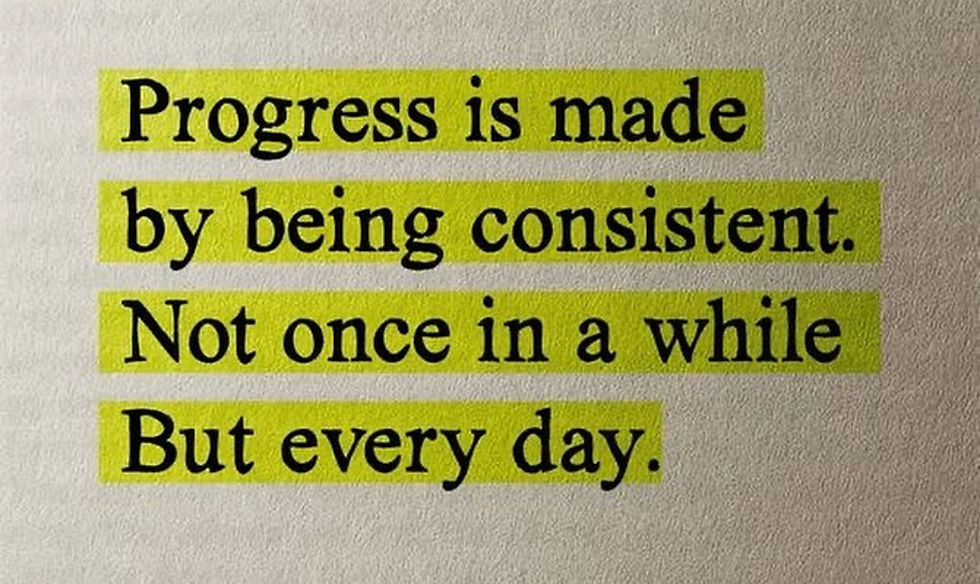"Why can't I stop eating junk food?"
- Jill Washecka
- Mar 25, 2023
- 3 min read
“Who ate all these chips?!”

You look around and, alas, not even a dog to blame.
Crap.
It’s not your fault.
If you’ve had this experience—robotically hand-to-mouthing some ultra-delicious, highly snackable food until the whole party-size portion is gone—you’ve probably felt frustrated or even ashamed.
But with ultra-processed foods, the odds are against you:
It’s you versus dozens of taste-testing focus groups, clever marketing, and an ambrosia of flavors, chemicals, and textures designed to send your brain into bliss.
Junk food is designed to be addictive.
Most processed foods are engineered to be hyperpalatable, meaning they stimulate the reward centers in your brain and create a pleasurable sensation that makes you want more. The combination of sugar, salt, fat, and flavorings used in many junk foods can trigger a dopamine rush that reinforces the association between eating and feeling good. This can lead to cravings and overeating, especially if you're exposed to constant marketing and availability of junk food.
From a food manufacturer’s perspective, this makes sense: the more you eat, the more you buy. Cha-ching!
Junk food can provide temporary relief from stress and negative emotions.
Many people turn to junk food as a form of self-medication, using it to cope with anxiety, boredom, depression, or loneliness. The instant gratification of eating something indulgent can distract you from your problems, but it doesn't solve them, and can actually make you feel worse in the long run. Moreover, if you rely too heavily on junk food to regulate your mood, you may develop a cycle of emotional eating that perpetuates itself.
Ultra-processed foods aren’t evil.
And you’re not broken if you can’t control yourself around certain foods.
But if these foods are making you feel sick or out of control, here are some strategies that might help:
1. Notice your chewing.
Processed foods are manipulated so they require less chewing and nearly “melt” in your mouth.
Next time you eat them, notice:
How many chews does it take to dissolve the food? Do the flavors improve the longer you chew? How satisfied do you feel after a few bites?
How does this compare to a whole food, like an apple or brown rice?
2. Limit your options.
Studies show people will eat more when they have a variety of flavors to choose from.
Experts call this the “buffet effect”: You go from the noodle bar to the ribs station to the build-your-own-sundae, then back to the noodles.
With so many delicious options, it’s hard to stop.
Without judgment, count the number of snacky foods you have in your home. Generally, the more options you have, the easier it is to overeat.
3. Notice patterns.
We often use food for reasons other than physical nourishment.
For example, if we feel sad, we might eat a cookie for comfort. Temporarily, we feel better.
When you find yourself eating when you’re not physically hungry, try to determine the trigger. Ask:
🤔 What am I feeling?
🤔 What time is it?
🤔 Who am I with?
🤔 Where am I?
🤔 What thoughts am I having?
Keep a journal and look for patterns.
If you feel ready and able, you can try to replace eating with another behavior.
For example, if you typically turn to wine and ice cream when you feel lonely in the evening, maybe run yourself a bath and listen to a funny podcast.
Treats are a perk of modern living—they’re delicious and almost universally accessible. And you don’t need to eliminate them altogether.
But by paying attention to your own behaviors—along with some practice—you can foster a healthier relationship with these kinds of foods.
As always, reach out if you need help! Im here!



Comments